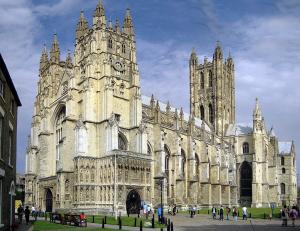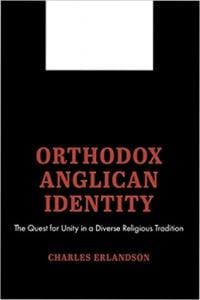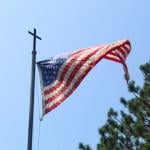 The Anglo-Catholic Spirituality
The Anglo-Catholic Spirituality
In my last blog I presented the idea that among orthodox Anglicans there are now 4 spiritualities that are presenting problems of diversity for a coherent orthodox Anglican identity: Anglo-Catholic, Evangelical, Charismatic, and Global. There are 2 other, older spiritualities I should mention before I discuss the Anglo-Catholic spirituality. The first is what might be called the High Church or Reformed Catholic spirituality; the second is the old school version of the Evangelical spirituality. While adherents of these “parties” may have had their differences in the past, they were held together in a classic Anglican consensus.
Beginning in the 19th century, however, the Anglo-Catholic spirituality was born as an heir to the Oxford Movement of the 1830s and 1840s. While Keble, Newman (while he remained an Anglican), and Pusey maintained a classic High Church spirituality in most ways, they also paved the way for an Anglo-Catholic spirituality that has often challenged a traditional or classic Anglican identity.
A precise definition of Anglo-Catholicism may not be possible, but Anglo-Catholics appear to range from those who would appear little different from traditional High Church Anglicans to those referred to as “Anglo-Papalists,” who seek to approximate Roman Catholicism in various ways. Often, Anglo-Catholics attempt to impose a Catholic (often Roman Catholic) ethos of worship and religious life on Anglicanism, and therefore Anglo-Catholics are in general associated with beliefs and practices related to the Roman Catholic Church.
One way in which some Anglo-Catholics challenge a coherent Anglican identity is in their rejection of the Prayer Book, which I regard as essential to any coherent Anglican identity. Some Anglo-Catholics prefer the Missal, and an assortment of other Anglo-Catholic communities use the Anglican Breviary. This is basically an English translation of the pre-Vatican II Roman Catholic Breviary, whose official publishers stating that “there is almost a negligible difference” between it and the Roman Catholic Breviary. Some Anglo-Catholics in London, for example, don’t accept either the Prayer Book or Common Worship but instead use the mass prescribed by Vatican II.
Anglo-Catholics seem almost unanimous in their rejection of the Thirty-nine Articles. Where they do affirm the Articles, they usually affirm them in a Newmanian sense (Newman!) that’s contrary to their intended meaning. Others, such as most of the Continuing Churches, choose simply to ignore them. Even those who are in the ACNA and formally hold to them as part of the ACNA seem to do so with a great deal of mental reservation about them.
Anglo-Papalists are Anglo-Catholics who are especially desirous to approximate a Roman Catholic spirituality and may be seen as those who believe the true nature of the Church of England can only be recognized when it is once again united with the Roman Catholic Church. One of the most visible reminders of this goal was the re-establishment of the piety of the Roman Catholic Church is the shrine of Our Lady of Walsingham and the pilgrimages to this shrine.
A list of some of the innovations characteristic of Anglo-Catholics includes: perpetual reservation of the Sacrament on the high altar; Benediction; the Rosary; shrines of the Sacred Heart, Our Lady, and of St. Joseph; Corpus Christi processions; the complete disuse of the English language; the regular use of the Latin Missal; and others. The Roman Catholic tendency of some Anglo-Catholics is also represented by the desire of some Anglicans to formally become part of the Roman Catholic Church. This has recently been facilitated by Rome’s offer of the Anglican Ordinariate (that could be a whole blog in itself!)
An Anglo-Catholicism that usually rejects the 39 Articles, sometimes rejects the Prayer Book, and often employs services that are outside of Anglicanism as established in the 16th century and practiced until the middle of the 19th century has already necessitated an enlarged definition of Anglicanism and Anglican comprehension. For the most part, however, Anglo-Catholicism has been assimilated into the Anglican mainstream, although tensions still remain. The question for the future is not only will they continue to want to remain in communion with Evangelicals and Charismatics but also to what degree will they accept the 39 Articles as a theological norm for Anglicanism.
Despite the ways in which Anglo-Catholicism has enlarged and perhaps confused Anglican identity, the Evangelical spirituality, as it has existed since the 1960s presents what are probably even greater challenges to Anglican identity. I’ll examine some of these challenges in my next blog.
Anglo-Catholic Rite of Benediction from Wikipedia article on Benediction.jpg









